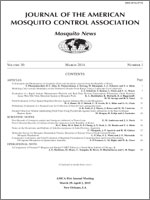Articles (6)
SCIENTIFIC NOTES (5)
OPERATIONAL NOTE (1)
BOOK REVIEW (1)

No abstract available
